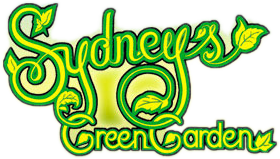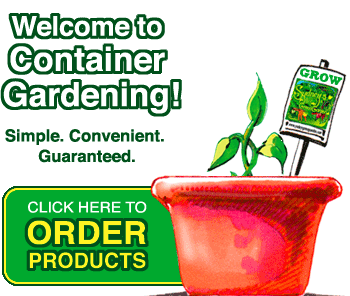RESEARCH < EXPERIMENTATION < EXPERIENCE AND PERSONNEL
Research, experimentation, experience and personnel are all a part of building and using a scientific approach to our product results. Scientific data determines the contents of our kits and is reflected in the information and instructions included in every kit.
Bob Olen, a certified horticulturist, is an enthusiast and participant and is on our company staff. Bob has helped in sourcing the best seeds available for container gardening. We have chosen seeds that are compatible for many climate zones, resistant to heat and grow well in containers. You will not find some of our selected seeds in nurseries or in big box stores. This will increase in the upcoming years.
Bob is also working with me in our research gardens where we test all types of seeds to determine what grows best in containers, and how to plant, water, fertilize and harvest these vegetables. We go to great lengths to insure the success of your garden. Every year we improve.
There is a lot of information about how to grow all kinds of vegetables in conventional, bedded gardens but much less on how to grow vegetables in containers. When I started my driveway garden people said it would not work. That was not the case. My garden grew better than many conventional gardens. This was especially noticeable in 2004 when we had one of the coldest summers in Duluth Minnesota. I cannot tell you how many people visited my garden and asked me why my bell peppers, tomatoes, and other vegetables matured and theirs did not. I could move the containers. I was able to locate warm season crops such as tomatoes and peppers in warm areas that received sun all day long. The cool season crops such as spinach and lettuce I located in cooler areas that did not receive sun all day.
Over the past 8 years I have experimented with all types of seeds, different size containers for specific vegetables, different watering and fertilizing schedules, locations (checking on compatibility), rotation, and types of soil and fertilizer to use. I tracked this in my garden journal and continually refine my plan for the following year to make my garden better. I now know which vegetables you can grow in containers, what is the smallest container you can use for which vegetable, how and how much to water, where to locate, rotation and everything needed for a high yielding, efficiently sized container garden. I have found that container sizes will even vary for different types of a specific vegetable. For instance, the Minicor carrot has a much shallower root system than a Nantes or Danvers Half Long and therefore can be grown in a smaller container, which does not take up so much space. If you want to grow Danvers you will have to use at least a 16 inch diameter container that will be deeper than the thirteen inch containers provided. This is just one example of what I have learned through trial and error so you do not have to go through this process.

